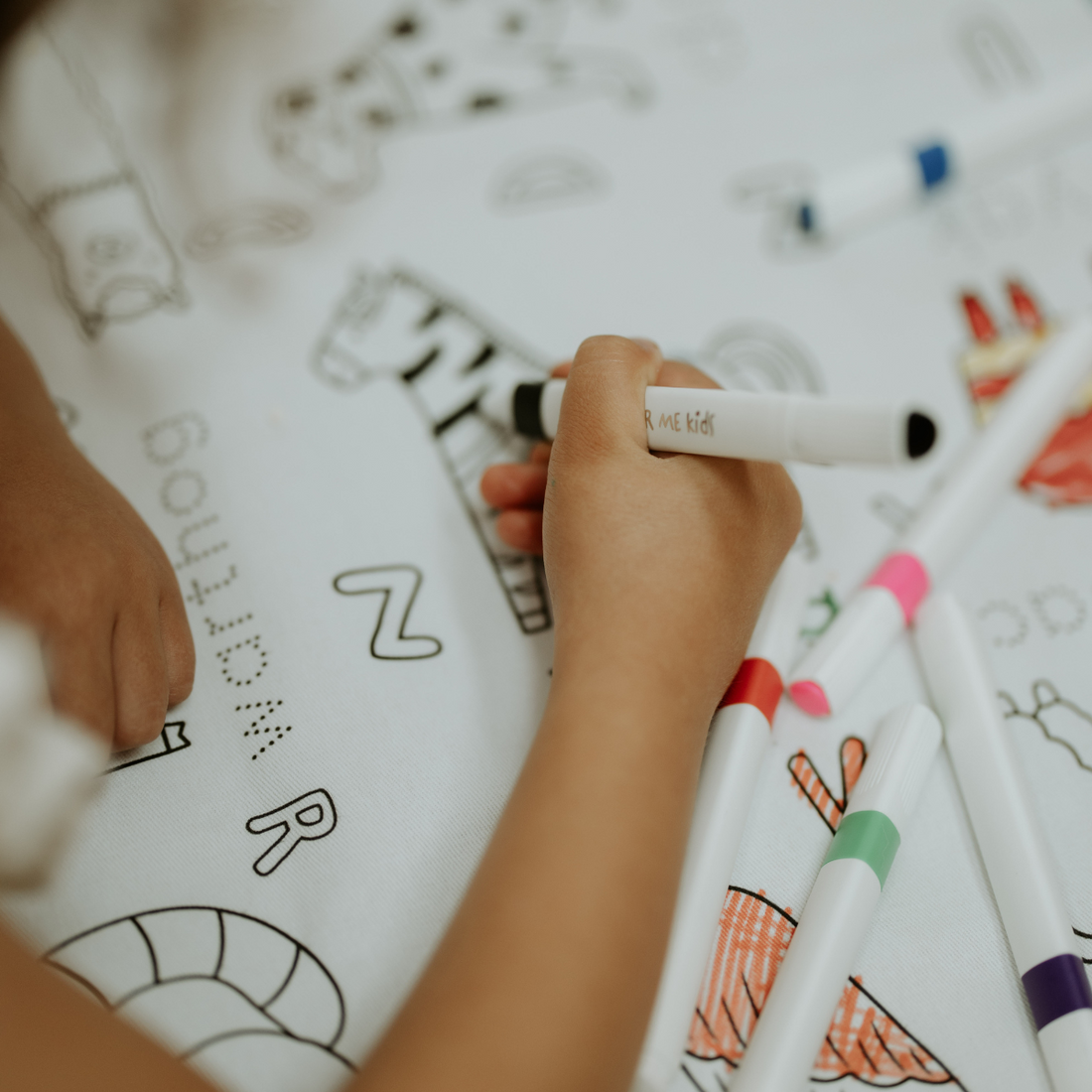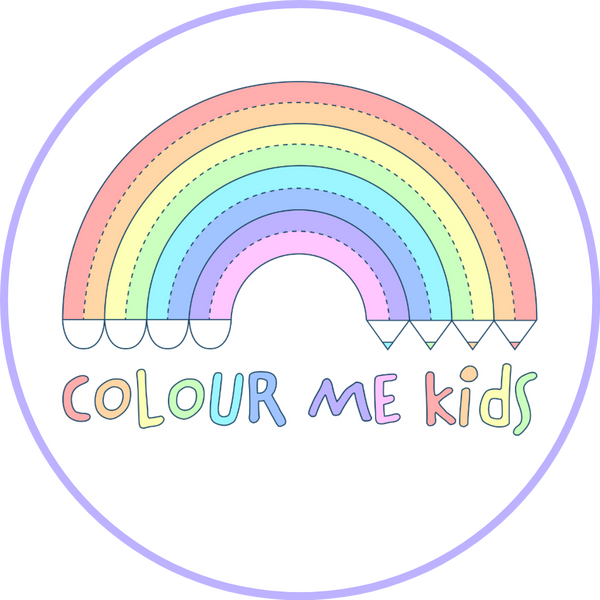
How Colouring In Helps Develop Critical Skills in Children
Share
Colouring in is often seen as a simple, entertaining activity for children, but its benefits go far beyond creating a colourful masterpiece. This engaging activity fosters the development of critical skills that support a child's cognitive, emotional, and physical growth. Whether at home, in school, or on-the-go, colouring in provides opportunities for children to learn, grow, and express themselves in ways that are both fun and meaningful. Let’s dive into how colouring in plays a pivotal role in building these essential skills.
1. Enhancing Fine Motor Skills
One of the most apparent benefits of colouring in is the improvement of fine motor skills. Holding crayons, markers, or coloured pencils and manoeuvring them across the page helps children develop the muscles in their fingers, hands, and wrists. These fine motor skills are crucial for other everyday tasks like writing, using utensils, tying shoelaces, and buttoning clothes.
When a child colours within the lines, they practice precision and control. Even scribbling—a precursor to structured colouring—helps them refine these movements. Over time, the repetitive actions involved in colouring strengthen hand-eye coordination, allowing children to complete more intricate tasks with greater accuracy.
2. Boosting Creativity and Self-Expression
Colouring encourages children to unleash their creativity and explore their imagination. They have the freedom to experiment with colours, patterns, and designs, even turning a simple black-and-white image into a vibrant work of art. Through this process, they learn to make decisions about colour combinations and develop their own artistic style.
Moreover, colouring provides a safe space for self-expression. For some children, articulating their thoughts and emotions verbally can be challenging. Colouring allows them to communicate non-verbally, using colours and drawings to express feelings they might not have the words for yet.
3. Improving Focus and Concentration
The act of colouring requires attention to detail and sustained focus, especially when a child is determined to colour within the lines or complete a complex design. By dedicating time and effort to finishing their artwork, children learn the value of patience and perseverance.
This ability to focus on a task—even one as enjoyable as colouring—can translate to other areas of their lives. For example, children who develop concentration through colouring often find it easier to focus on schoolwork, solve problems, and complete tasks.
4. Building Cognitive and Problem-Solving Skills
Colouring isn’t just about filling spaces with colour; it’s also about decision-making and problem-solving. Children decide which colours to use, how to blend shades, and where to apply them. This decision-making process encourages critical thinking as they evaluate their choices and outcomes.
Additionally, when children encounter challenges, such as running out of a preferred colour or accidentally colouring outside the lines, they learn to adapt and problem-solve. These small moments of trial and error help them develop resilience and flexibility.
5. Encouraging Emotional Regulation and Relaxation
Colouring can have a calming effect on children. The repetitive motion of colouring, combined with the focus it requires, can help reduce stress and anxiety. This is particularly valuable in today’s fast-paced world, where children can feel overwhelmed by various stimuli.
Through colouring, children learn to regulate their emotions and find moments of mindfulness. It’s an excellent way to unwind after a busy day, providing a sense of accomplishment and pride when they complete their artwork.
6. Promoting Early Literacy and Numeracy Skills
Colouring can also serve as a foundation for early literacy and numeracy development. For example, when children colour images associated with letters or numbers, they reinforce their understanding of these concepts. They might learn to recognise shapes, patterns, and symbols, which are foundational skills for reading and math.
Following colouring instructions, such as “Colour all the circles blue,” helps children develop listening and comprehension skills. It also introduces them to sequencing and classification, which are essential for logical thinking.
7. Fostering Social Interaction and Collaboration
Colouring doesn’t have to be a solitary activity. Collaborative colouring projects, like large colouring tablecloths or group murals, encourage teamwork and social interaction. Children learn to share materials, take turns, and appreciate others’ contributions.
This collaborative effort not only strengthens their communication skills but also helps them understand the importance of working together to achieve a common goal. It’s a fun way to build relationships and develop a sense of community.
8. Encouraging Eco-Friendly Practices
Reusable colouring products, such as washable placemats or tablecloths, teach children about sustainability. By opting for eco-friendly colouring options, children learn to value reusable materials over disposable ones, fostering an early appreciation for environmental responsibility.
These products also reduce paper waste and encourage children to think about how their choices impact the planet. It’s a small but meaningful step toward raising environmentally conscious individuals.
Colouring in is far more than just a fun pastime; it’s a powerful tool for developing critical skills in children. From fine motor skills and creativity to focus, problem-solving, and emotional regulation, colouring offers a host of developmental benefits that prepare children for success in school and life.
By incorporating colouring into daily routines, whether through traditional colouring books or innovative reusable products, parents and educators can create enjoyable opportunities for learning and growth. So, next time your child picks up a crayon or marker, remember: they’re not just colouring; they’re building skills that will last a lifetime.






